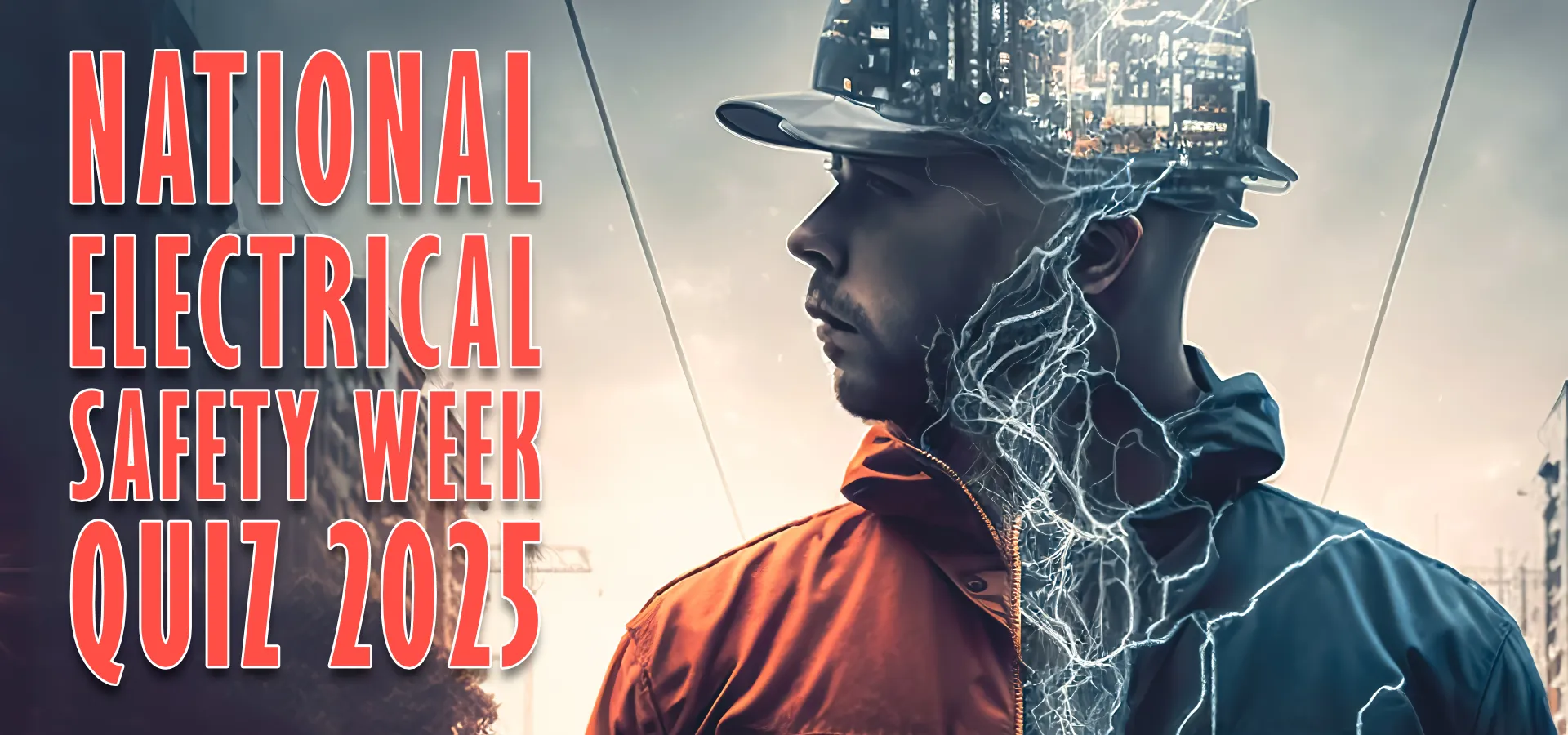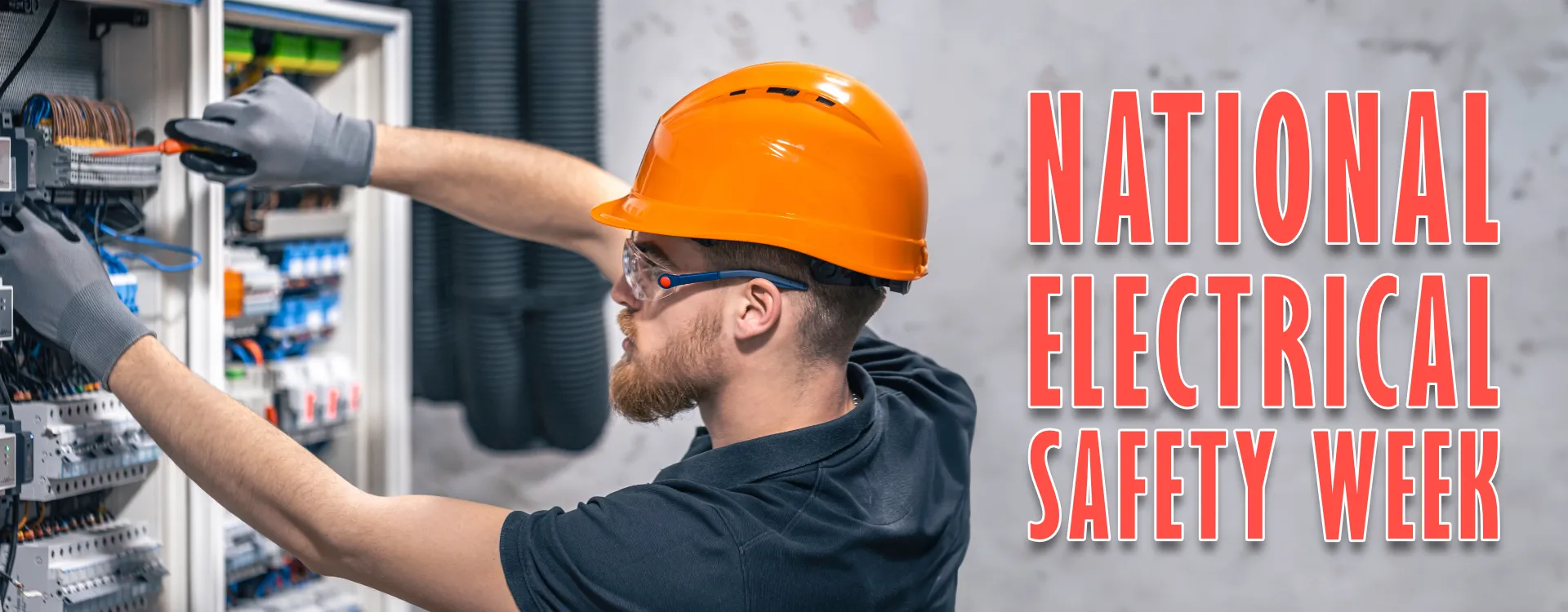
Electricity is one of humanity’s greatest inventions. It powers homes, industries, hospitals and technology. From the lights in our rooms to the machinery in factories, electricity is woven into every aspect of modern life. However, despite its benefits, electricity can pose serious hazards when not used with care.

National Electrical Safety Week 2025 will be observed from June 26 to July 2, 2025. This awareness campaign is spearheaded each year by the National Safety Council (NSC) of India with the active support of the Central Electricity Authority (CEA).
The theme for National Electrical Safety Week 2025, “Electrical Safety is Non-Negotiable,” was jointly decided by NSC and CEA to underscore a fundamental message: electrical safety is not optional. It must be practiced consistently, every day, everywhere and by everyone.
Importance of Electrical Safety in Everyday Life
Electrical accidents are a serious and ongoing problem. Every year, they cause thousands of injuries and hundreds of deaths around the world. These tragedies happen in homes, schools, offices, factories and construction sites. The most common electrical hazards include:
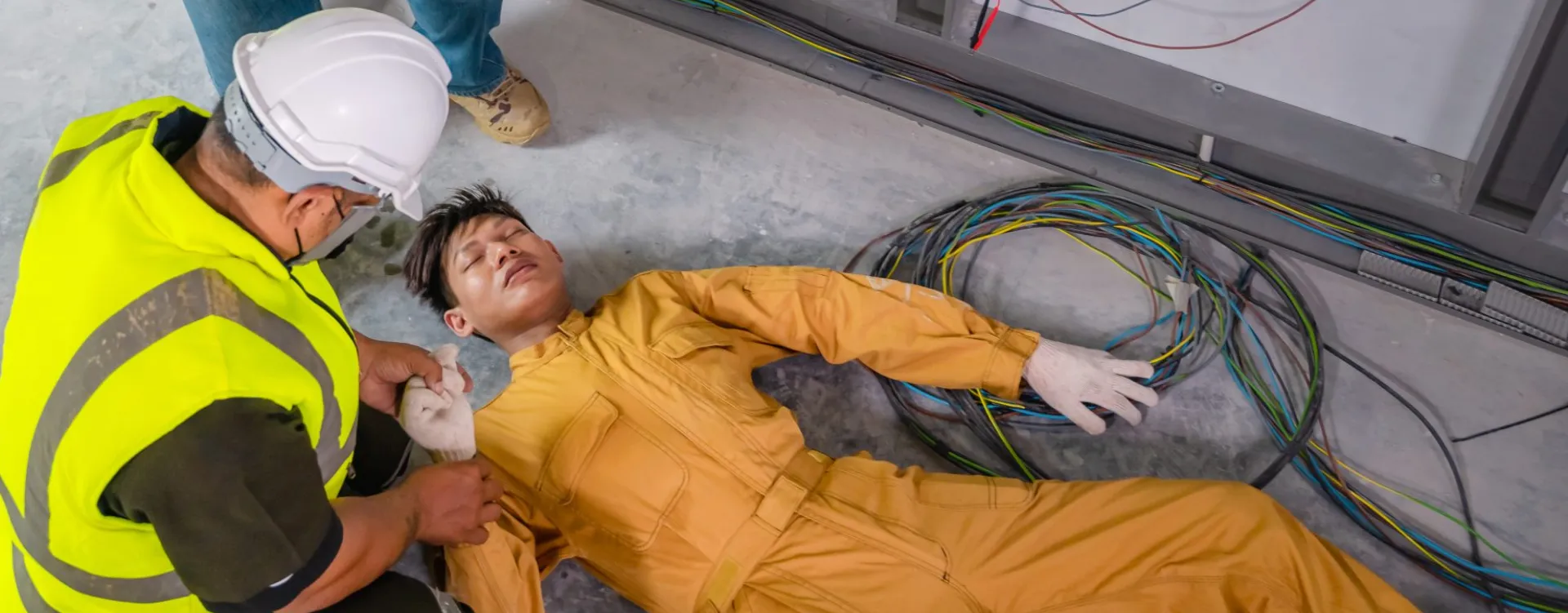
Common Electrical Hazards
- Electric Shocks: Electric shocks occur when the body comes into contact with an electric current. Even a small amount of current can lead to serious injuries such as muscle spasms, burns, nerve damage or, in some cases, death.
- Arc Flashes: Arc flashes are intense bursts of electrical energy that happen when electricity jumps through the air between conductors. These flashes can cause severe burns, permanent eye damage, hearing loss and, in some cases, fatalities.
- Fires Caused by Short Circuits: Short circuits cause electricity to flow along an unintended path. This produces extreme heat, sparks or even explosions, which often lead to fires, property damage and potential loss of life.
- Burns Resulting from Faulty Wiring: Poor-quality or worn-out wiring can overheat or create sparks. Such conditions often lead to burns or fires, especially in older buildings or systems with poor installation or maintenance.
- Overloaded Systems: Overloading happens when too many electrical devices are connected to a single circuit. This leads to overheating, damage to appliances and increased risk of fire or electrical failure.
- Falls Due to Unsafe Electrical Installations: Loose wires or poorly placed electrical equipment can cause people to trip. In construction sites or industrial settings, these hazards can result in serious injuries, especially when combined with electrical risks.
Many of these tragedies are preventable. They usually happen due to carelessness, poor maintenance, lack of training or failure to follow safety guidelines. In many cases, people remain unaware of the risks or ignore them until an accident occurs.
National Electrical Safety Week exists to change this scenario. This initiative aims to raise awareness, share knowledge and create a strong safety culture around electricity. The campaign is not limited to professionals; it targets students, families, workers, managers and policymakers alike.
Understanding the Risks of Electricity
Electricity may be silent and invisible, but it carries very real dangers. Even a small electrical current can become deadly if it travels through the human body. Recognizing and respecting electrical risks is an important focus of National Electrical Safety Week.
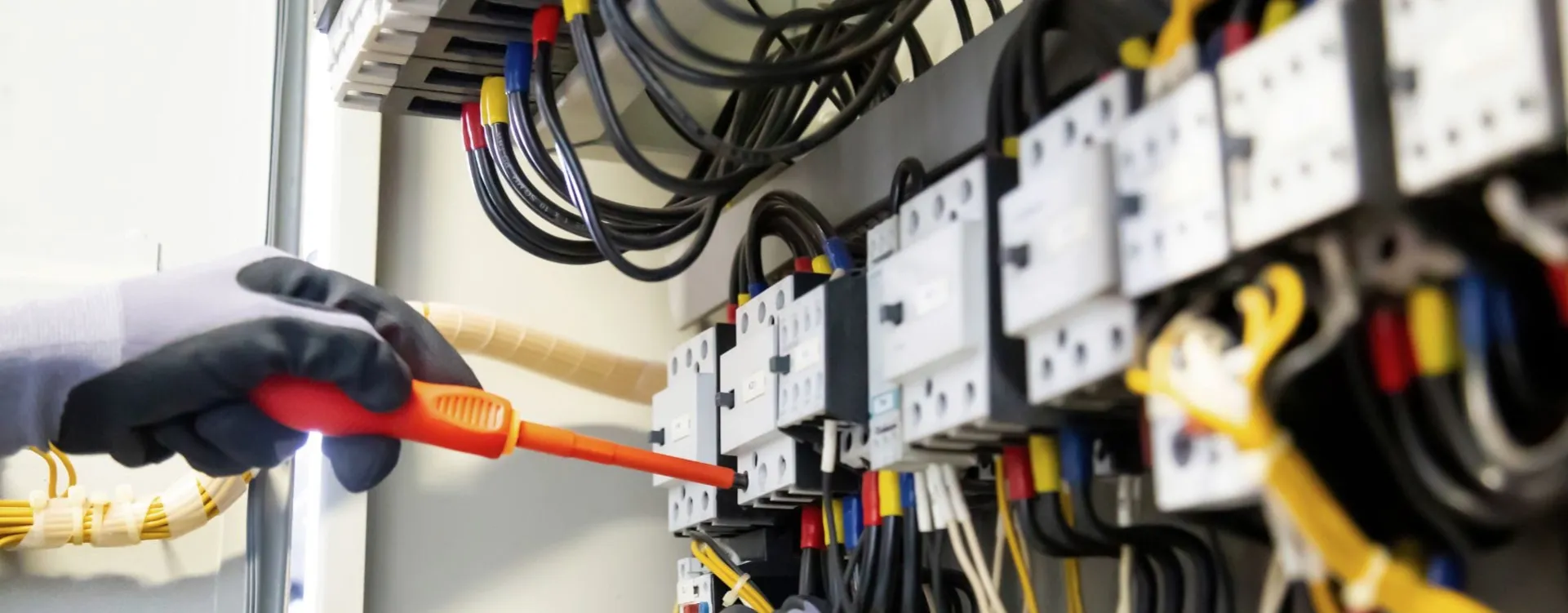
Key Electrical Hazards
- Exposed Wires: Damaged or uncovered wires can cause shocks or start fires. These hazards are especially common in older buildings or poorly maintained systems.
- Overloaded Circuits: Using too many devices on one socket can overheat circuits. This may result in melted insulation, sparks or fires.
- Improper Grounding: If a system is not grounded correctly, excess voltage cannot be safely discharged. This increases the risk of shock and equipment failure.
- Wet or Humid Conditions: Water conducts electricity. Operating electrical appliances in damp environments such as bathrooms, kitchens or outdoors increases shock risks. These areas should use waterproof fittings and safety switches.
- Lack of Safety Gear: Without proper personal protective equipment (PPE) like insulated gloves or face shields, workers face a much higher risk of injury. The absence of safety gear can turn minor mistakes into major accidents.
Electrical Safety Day 2025
Key Areas of Concern in the Smart Energy Landscape
This week focuses on raising awareness and promoting safe practices related to electrical usage by educating individuals, communities and organizations about the potential hazards associated with electricity and the importance of adhering to safety guidelines. The initiative emphasizes proactive measures to prevent electrical accidents, encourages the use of certified and well-maintained equipment, promotes compliance with electrical standards and fosters a culture of safety both at home and in the workplace. Some key focus areas typically include:

Auditing Electrical Installations
One of the most important steps in ensuring electrical safety is to identify potential hazards before they lead to accidents. Regular audits help uncover unsafe conditions such as:
- Loose or corroded connections
- Worn-out or damaged cables
- Overloaded electrical panels
- Missing or faulty earthing systems
- Repairs that do not follow standard procedures
These inspections must be detailed and follow both national and international safety codes. Early detection and correction of these issues can prevent serious failures, reduce downtime and protect people and property.

Spreading Awareness Across All Levels
Electrical safety is not just the job of electricians or engineers. Everyone who lives or works around electricity must understand the risks and responsibilities involved. National Electrical Safety Week 2025 encourages organizations and communities to conduct awareness programs aimed at:
- Employees who work near or with electrical systems
- Contractors and technicians performing electrical tasks
- Families and homeowners using appliances and electrical equipment
Using posters, visual demonstrations, safety videos, quizzes and group sessions can help spread key messages. These tools make safety easy to understand and more likely to be practiced every day.
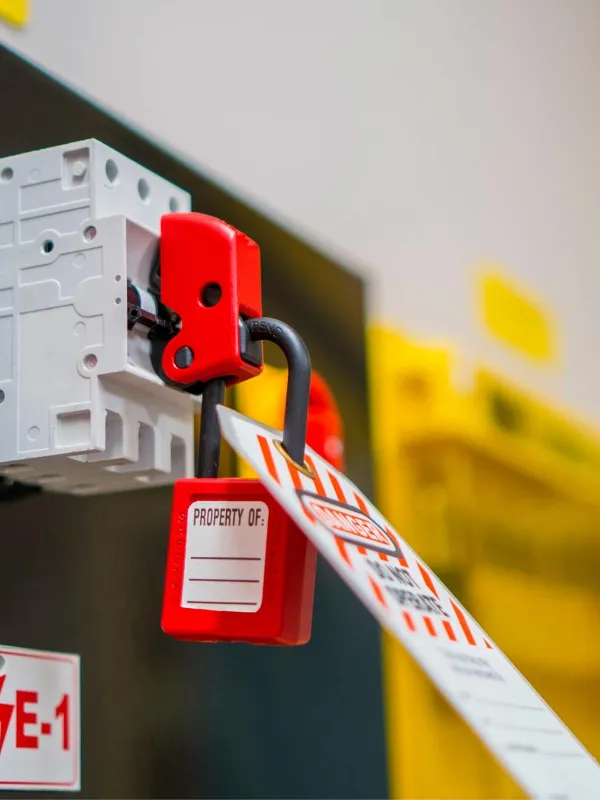
Implementing LOTOTO Procedures
LOTOTO stands for Lockout, Tagout and Test Out. It is a safety procedure designed to make sure that electrical systems are completely shut off before any maintenance or repair work begins.
- Lockout: Switch off the power supply and secure the control device with a lock to prevent it from being turned on accidentally.
- Tagout: Place a clear warning tag on the switch or panel to inform others that the system is under repair.
- Test Out: Use a voltage tester or meter to confirm that there is no residual power in the system before starting work.
Following the LOTOTO procedure helps prevent sudden energization of equipment, which can cause serious injuries or fatalities.

Promoting Training and Competency
Working with electricity requires more than just technical knowledge. It requires the right training, current certifications and a clear understanding of safety practices. Organizations should ensure the following:
- Only qualified and certified electricians are hired for electrical jobs
- Engineers and technicians receive regular safety training and updates
- Certification records and licenses are monitored and kept up to date
- Refresher courses and hands-on training are provided on a regular basis
A well-trained workforce is more capable, more confident and far less likely to make mistakes. Ensuring proper competency is one of the most effective ways to build a long-lasting safety culture.
Promoting Safety Equipment and Standards
Electrical safety is not just about awareness; it also depends on the proper use of tools, equipment and adherence to safety standards. Using the right protective measures can prevent injuries, save lives and reduce costly damage. This year, National Electrical Safety Week highlights the importance of the following key practices:

Residual Current Circuit Breakers (RCCBs)
RCCBs are essential safety devices that detect leakage currents in an electrical system. When they sense even a small leakage of current, they quickly disconnect the power supply. This immediate action can prevent serious electric shocks and reduce the risk of electrical fires. Installing RCCBs in homes, offices and industrial setups should be treated as a safety priority.
Proper Earthing
Earthing is a critical part of any electrical system. It provides a safe path for stray or excess electricity to flow into the ground. Without proper earthing, metal parts of appliances or machinery can become live, creating a serious shock hazard. Every installation, whether in a home or workplace, should have a verified earthing system in place.
Insulation Testing
Wires and cables are protected by insulation to prevent contact with live conductors. Over time, this insulation can crack, wear out or become damaged. Regular insulation testing helps detect weak spots before they lead to short circuits, shocks or fires. Scheduled testing should be part of every maintenance routine.
Personal Protective Equipment (PPE)
Workers who handle or work near electrical systems must be protected with appropriate PPE. This includes:
- Insulated gloves to prevent electric shock
- Flame-resistant clothing to reduce the risk of burn injuries
- Safety goggles to protect eyes from sparks or debris
- Dielectric boots to provide insulation from ground current

Learning from Near-Misses
Every electrical incident, whether serious or minor, carries an important lesson. Even a situation where no one is harmed should never be overlooked. These events often signal deeper problems within the electrical system that could lead to major accidents if left unaddressed. Pay close attention to warning signs such as:
- Electric sparks, especially when plugging in or switching on devices
- Mild electric shocks, which may seem harmless, but indicate faulty wiring or grounding
- Burning smells coming from switches, sockets or appliances
- Frequent tripping of circuit breakers, which may suggest overloading or short circuits
- Unexpected shutdowns of machines or systems without a clear cause
These signs should never be ignored or dismissed as routine. They are early indicators of potentially serious electrical faults. Reporting and investigating near-misses is not about placing blame; it is about finding out what went wrong and taking corrective action. Encouraging a culture where people feel safe to report these issues helps organizations learn, improve and protect lives. Every near-miss is an opportunity to prevent a future accident.
Conclusion
National Electrical Safety Week 2025, with the theme “Electrical Safety is Non-Negotiable,” this campaign reminds us that protecting lives through safe electrical practices is a shared responsibility. Every individual organization and nation has an important role to play. By regularly auditing systems, spreading awareness, enforcing safety procedures, using the right equipment and learning from past incidents, we can prevent accidents and save lives.
Let us commit to making electrical safety a constant priority. Not just during one week in June, but every single day. When safety comes first, everyone benefits. The power is in our hands—use it wisely and use it safely.
